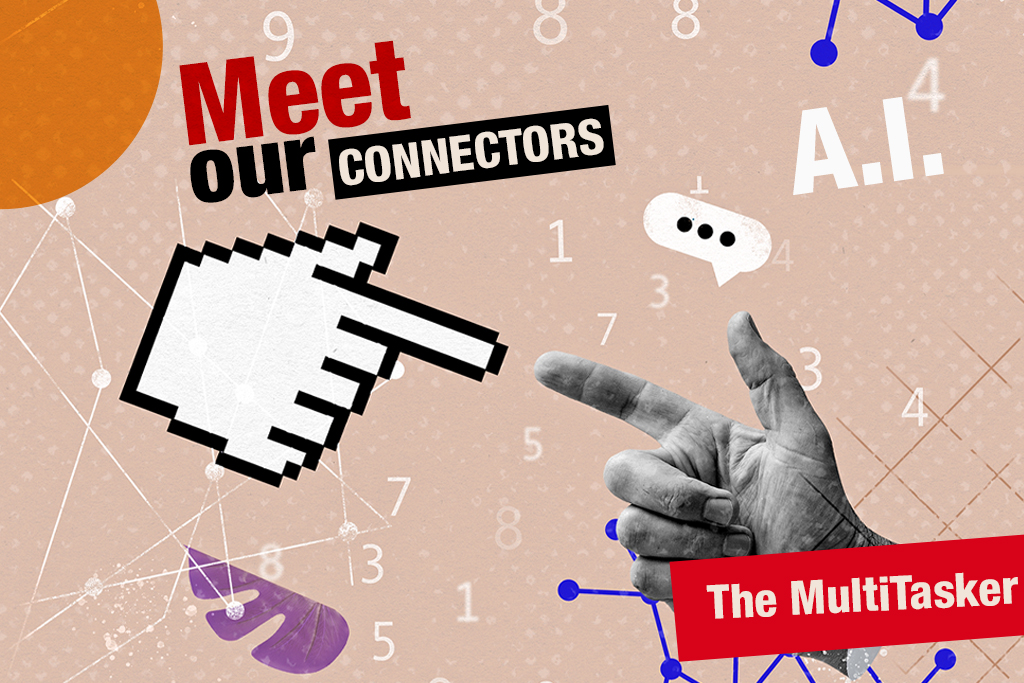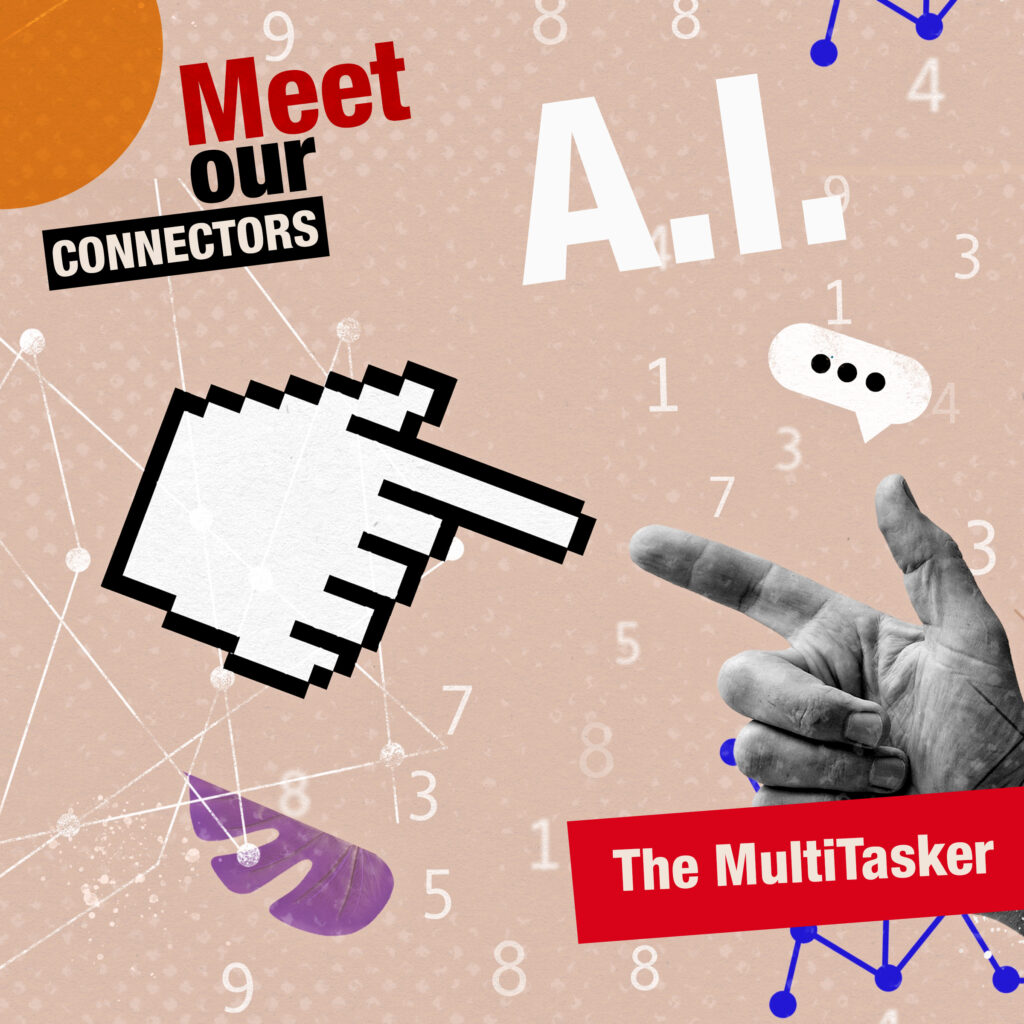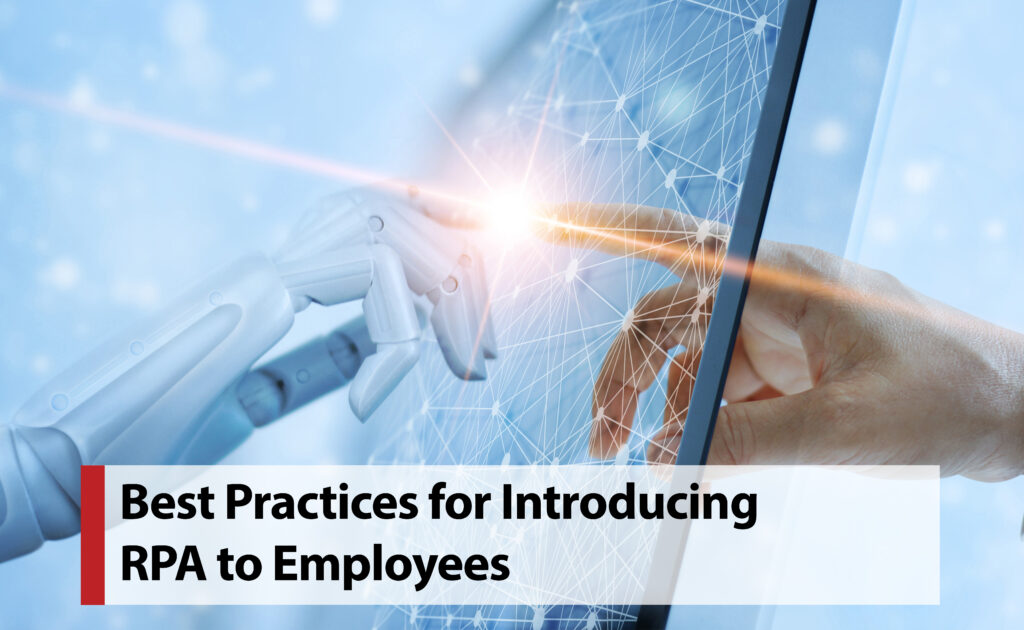
“The results achieved exceeded both internal estimates and Q1 2024 performance, indicating a visible improvement in operational efficiency,” the company states in the report published on BVB.
Connections (ticker symbol CC), a Romanian technology company listed on the AeRO market of the Bucharest Stock Exchange, announces its financial results for the first quarter of 2025. The company reported group-level revenues of RON 19.41 million, up 15% compared to Q1 2024, and a gross profit of RON 1.33 million, marking a significant and solid return compared to the same period last year.
Revenues achieved in Q1 2025, as well as net and gross profits, exceeded budget estimates.
In the first quarter of this year, Connections signed a major contract with a public sector client, worth RON 56 million, which will be carried out until December 2025, and other relevant projects, including two research contracts in the field of cybersecurity, are in advanced stages of negotiation.
The results reflect the consolidation of an adaptable business model, based on diversified sources of income, with an increasingly consistent contribution from private segments, where the company recorded visible growth.
„After a 2024 of repositioning, the first three months of 2025 come to validate our strategy and the measures applied, to consolidate profitable growth. CC revenues were 6% above our estimates, and gross profit exceeded RON 1.3 million, after a more dynamic quarter than we anticipated. We continued to invest in areas with high potential – AI, cybersecurity, BPO – and accelerated the development of our technological and commercial capabilities, so that we can look with optimism towards growth even further,” says Bogdan Florea, Founder and Co-CEO Connections.
The revenue structure at the beginning of this year highlights the balancing of revenue sources: public sector projects represent 27% in Q1, while the volume of revenue from the enterprise area increased. The Private Software segment doubled its share in total revenue (from 5% to 10%), a sign that the Connections offer has gained traction among commercial customers. BPO rose spectacularly, reaching 42%, compared to 29% at the end of 2024, and Outsourcing remained stable.
Radu Marcu, Co-CEO Connections: “The first quarter results confirm that Connections teams are delivering relevant solutions in increasingly competitive markets. The integration of proprietary products has increased the added value generated, and the gross profit obtained is an important signal regarding the company’s ability to sustain a profitable and sustainable trajectory.”
Furthermore, Connections reconfirms its revenue growth target of 20% in 2025, relying on the expansion of its enterprise portfolio and the growing demand for artificial intelligence, cybersecurity and digital automation solutions. The company is actively investing in the development of its own products in the cybersecurity area and exploring new technology partnerships, in line with its strategy of disciplined scaling and regional consolidation.
The full report on Connections’ Q1/2025 results can be viewed here here.
We invite you to join us on May 21, from 11:00 to 12:00, for the online conference with analysts, investors, and shareholders of Connections Consult, where we will present the audited financial results for 2024, the company’s performance in the first quarter of 2025, as well as the key strategic directions for the upcoming period.
The event will be held online and streamed live on Connections Consult’s official social media pages:
- Facebook Connections – https://www.facebook.com/connections.consult
- LinkedIn Connections – https://www.linkedin.com/company/connections-consult
















